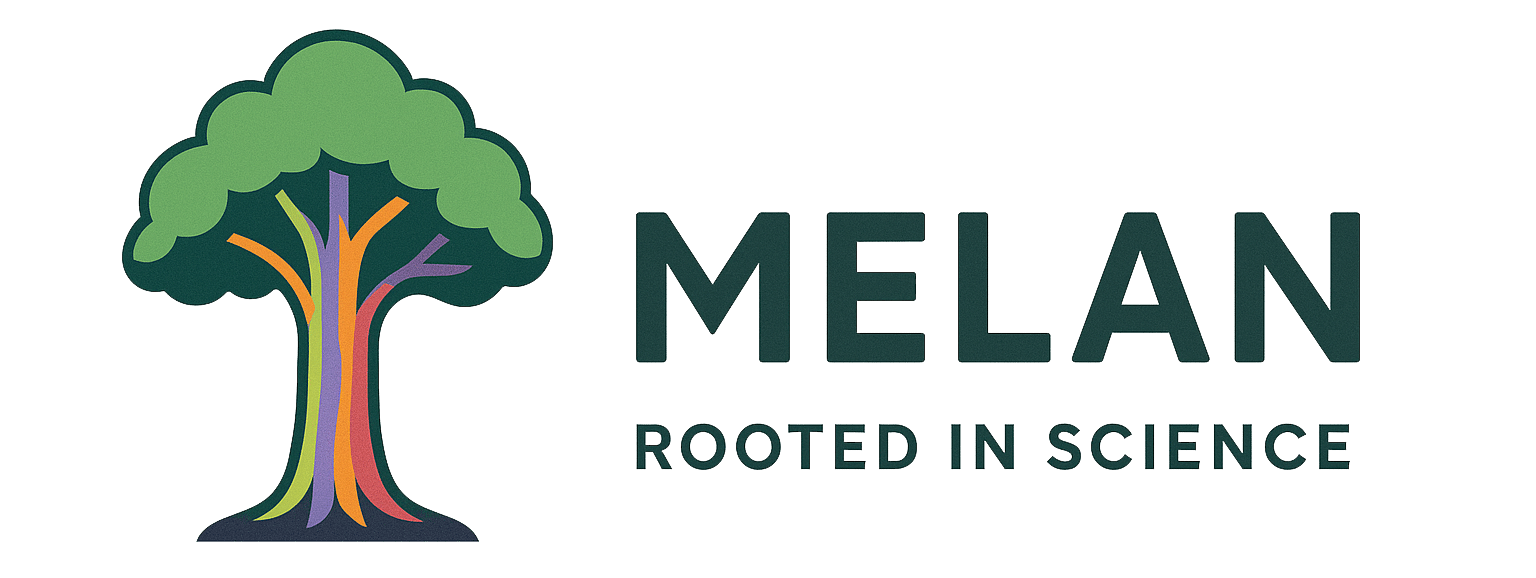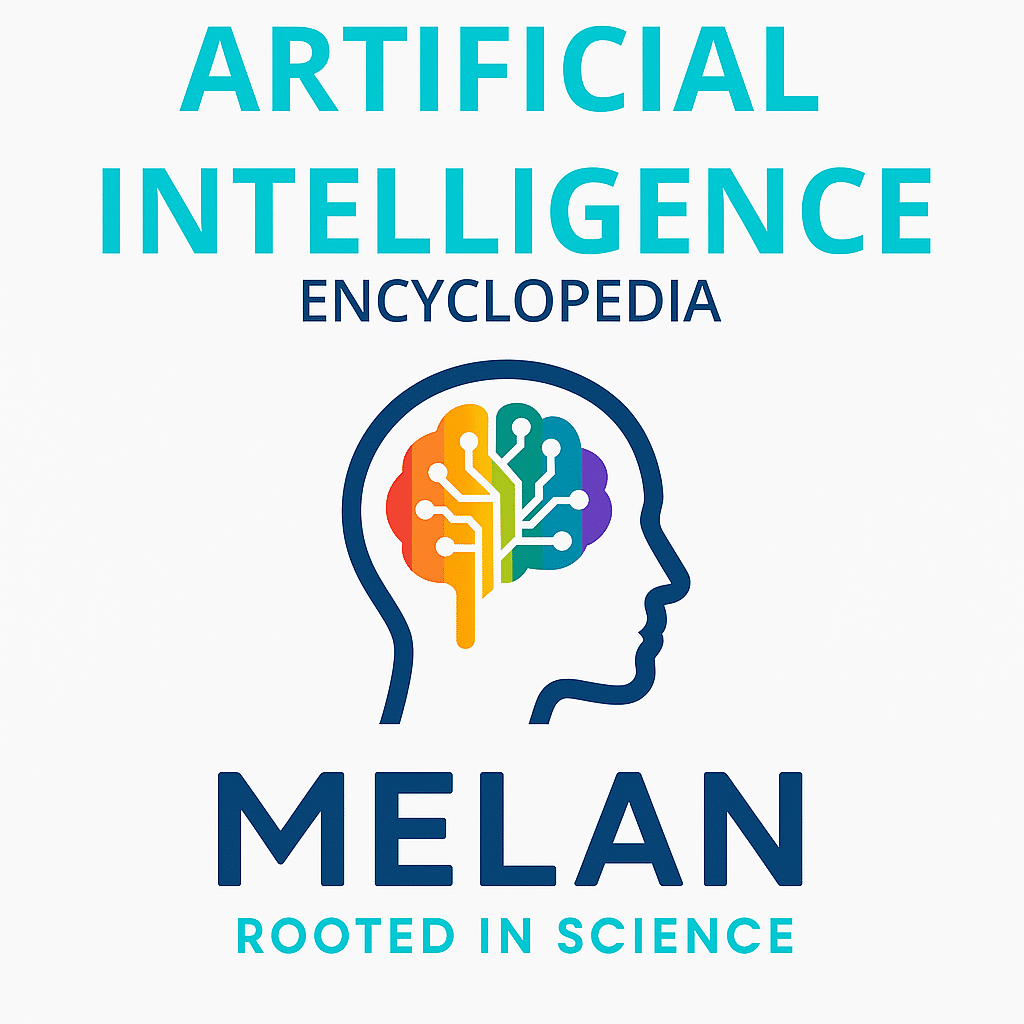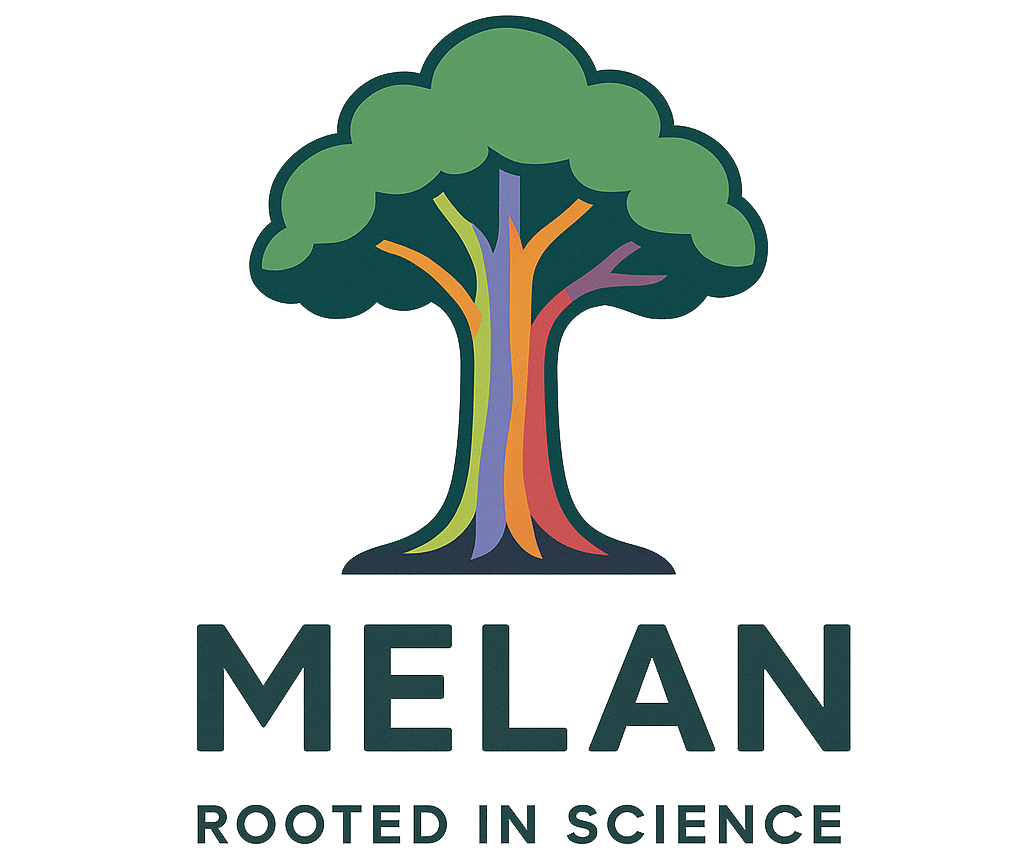Reinforcement Learning refers to a machine learning paradigm where agents learn optimal behaviors through trial-and-error interactions with an environment, receiving rewards or penalties for their actions and gradually improving their decision-making strategies over time. This approach mimics how humans and animals learn from experience, enabling artificial intelligence systems to master complex tasks like game playing, robotics control, and autonomous navigation without explicit programming of optimal strategies, instead discovering effective behaviors through exploration and exploitation of environmental feedback.
Reinforcement Learning
|
|
|---|---|
| Category | Machine Learning, Artificial Intelligence |
| Subfield | Sequential Decision Making, Control Theory, Behavioral Psychology |
| Key Components | Agent, Environment, Actions, States, Rewards |
| Learning Method | Trial-and-Error, Experience Replay, Policy Optimization |
| Primary Applications | Game Playing, Robotics, Autonomous Systems, Resource Management |
| Sources: Sutton & Barto RL Textbook, Nature DQN Paper, Journal of Machine Learning Research | |
Other Names
RL, Sequential Decision Making, Trial-and-Error Learning, Reward-Based Learning, Adaptive Control, Neuro-Dynamic Programming, Approximate Dynamic Programming, Learning from Interaction
History and Development
Reinforcement learning emerged from the intersection of psychology, control theory, and artificial intelligence, with roots in Edward Thorndike’s Law of Effect (1898) and B.F. Skinner’s operant conditioning research in the 1930s. The mathematical foundations were established by Richard Bellman’s dynamic programming in the 1950s and strengthened by Ronald Howard’s work on Markov decision processes in the 1960s. Modern reinforcement learning began with the development of temporal difference learning by Richard Sutton in the 1980s, followed by the influential Q-learning algorithm by Chris Watkins in 1989.
The field gained widespread attention with IBM’s Deep Blue chess victory in 1997, then exploded with DeepMind’s Deep Q-Network (DQN) breakthrough in 2013 that combined deep learning with reinforcement learning to master Atari games. Subsequent milestones included AlphaGo’s victory over world champion Lee Sedol in 2016, OpenAI’s success in complex video games, and the development of advanced algorithms like Proximal Policy Optimization and Actor-Critic methods that enable practical applications across diverse domains.
How Reinforcement Learning Works
Reinforcement learning operates through an agent-environment interaction loop where the agent observes the current state of the environment, selects an action based on its policy, receives a reward signal indicating the action’s quality, and transitions to a new state. The agent maintains a policy that maps states to actions and learns to improve this policy by maximizing cumulative rewards over time through exploration and exploitation strategies. Value functions estimate the expected future rewards from each state or state-action pair, while the agent updates these estimates using algorithms like Q-learning or policy gradient methods based on experienced rewards.
The learning process balances exploration of new actions to discover better strategies against exploitation of known good actions to maximize immediate rewards. Deep reinforcement learning uses neural networks to approximate value functions or policies, enabling the agent to handle high-dimensional state spaces like images or complex sensor data that would be impossible to process with traditional tabular methods.
Variations of Reinforcement Learning
Value-Based Methods
Algorithms like Q-learning and Deep Q-Networks that learn to estimate the value of different actions in each state, enabling the agent to select actions with the highest expected future rewards.
Policy-Based Methods
Approaches like REINFORCE and Actor-Critic that directly optimize the agent’s policy through gradient ascent, particularly effective for continuous action spaces and stochastic policies.
Model-Based Reinforcement Learning
Methods that learn models of the environment’s dynamics and use these models for planning and decision-making, potentially achieving better sample efficiency than model-free approaches.
Real-World Applications
Reinforcement learning powers autonomous vehicle navigation systems that learn to handle complex traffic scenarios, weather conditions, and unexpected obstacles by receiving feedback about safety, efficiency, and passenger comfort through millions of simulated and real-world driving experiences. Game-playing AI systems use reinforcement learning to master complex strategic games like Go, poker, and real-time strategy games, demonstrating superhuman performance through self-play and exploration of vast strategy spaces that would be impossible to program manually. Robotics applications employ reinforcement learning for manipulation tasks, locomotion, and human-robot interaction, enabling robots to adapt to new environments and tasks through behavioral learning and adaptation in real-world scenarios.
Financial trading systems use reinforcement learning for portfolio optimization, algorithmic trading, and risk management, learning to adapt to changing market conditions and optimize returns while managing downside risk through continuous market interaction. Resource management systems in data centers, power grids, and telecommunications networks apply reinforcement learning to optimize energy consumption, load balancing, and system performance through intelligent resource allocation and adaptive control strategies.
Reinforcement Learning Benefits
Reinforcement learning enables AI systems to learn complex behaviors without requiring explicit programming or large labeled datasets, making it suitable for domains where optimal strategies are unknown or difficult to specify manually. The approach naturally handles sequential decision-making and long-term planning, enabling agents to optimize for future rewards rather than just immediate outcomes, which is crucial for strategic planning and control applications. Reinforcement learning agents can adapt to changing environments and continue improving their performance over time, providing robustness and flexibility that traditional programmed systems lack.
The framework scales to very complex problems with high-dimensional state and action spaces through deep learning integration, enabling applications in domains like image-based navigation and natural language processing. The trial-and-error learning approach mirrors natural learning processes, potentially leading to more intuitive and generalizable AI behaviors that can transfer across related tasks and domains.
Risks and Limitations
Sample Efficiency and Learning Speed
Reinforcement learning often requires enormous amounts of trial-and-error experience to learn effective policies, making it impractical for applications where data collection is expensive, dangerous, or time-consuming. Real-world deployment can be challenging when agents need millions of interactions to achieve competent performance, particularly in safety-critical domains like healthcare or autonomous vehicles.
Reward Function Design and Specification
Designing appropriate reward functions that capture desired behaviors without unintended consequences is extremely difficult and can lead to reward hacking where agents discover unexpected ways to maximize rewards while failing to achieve the intended objectives. Poorly specified rewards can result in dangerous or counterproductive behaviors that technically optimize the reward signal but violate the system’s actual goals.
Safety and Exploration Risks
The exploration component of reinforcement learning can be dangerous in real-world environments where random or suboptimal actions could cause physical damage, financial losses, or safety hazards. Safe exploration remains an active research challenge, particularly for applications in robotics, autonomous vehicles, and other systems that interact with the physical world.
Generalization and Transfer Learning
Reinforcement learning agents often fail to generalize their learned policies to new environments or tasks that differ from their training conditions, requiring extensive retraining even for minor changes in the problem setup. This brittleness limits the practical applicability of reinforcement learning systems and increases deployment costs.
Interpretability and Debugging Challenges
Understanding why reinforcement learning agents make specific decisions is extremely difficult, particularly with deep learning-based approaches, creating challenges for debugging, validation, and regulatory compliance. The black-box nature of many reinforcement learning systems makes it hard to predict their behavior in novel situations or ensure they align with human values and expectations.
Regulatory and Safety Standards
The autonomous and adaptive nature of reinforcement learning systems creates challenges for traditional regulatory frameworks that assume predictable, programmed behaviors. Safety standards for reinforcement learning applications are still emerging, particularly for high-stakes domains like healthcare, finance, and transportation. These challenges stem from cases where reinforcement learning systems exhibited unexpected or harmful behaviors during deployment, market demands for safe and reliable autonomous systems, reputation management after high-profile AI safety incidents, and investor concerns about liability and regulatory compliance in adaptive AI systems.
Industry Standards and Best Practices
Technology companies, AI researchers, regulatory bodies, and safety organizations work to establish standards for responsible reinforcement learning development and deployment, while professional associations develop guidelines for testing, validation, and monitoring of adaptive AI systems. Academic institutions focus on developing safe exploration methods, interpretable reinforcement learning approaches, and robust evaluation frameworks.
The intended outcomes include ensuring reinforcement learning systems behave safely and predictably in real-world environments, establishing comprehensive testing protocols for adaptive AI applications, developing methods for aligning AI behaviors with human values and intentions, and creating regulatory frameworks that enable beneficial reinforcement learning while managing risks. Initial evidence shows increased investment in AI safety research, development of safe exploration algorithms, growing emphasis on interpretable reinforcement learning methods, and establishment of safety standards for autonomous systems using reinforcement learning.
Current Debates
Sample Efficiency vs. Performance Trade-offs
Researchers debate whether to prioritize algorithms that learn quickly with limited data versus those that achieve better final performance with extensive training, particularly given the practical constraints of real-world applications.
Model-Free vs. Model-Based Approaches
The field argues about the relative merits of model-free methods that learn directly from experience versus model-based approaches that learn environment models, weighing computational complexity against sample efficiency and interpretability.
Exploration vs. Exploitation Strategies
Scientists disagree about optimal strategies for balancing exploration of new actions against exploitation of known good actions, particularly in safety-critical environments where exploration could be dangerous.
Centralized vs. Distributed Learning
Practitioners debate whether to use centralized training with distributed execution or fully distributed multi-agent reinforcement learning, considering coordination challenges, communication costs, and emergent behaviors.
Reward Engineering vs. Inverse Reinforcement Learning
Researchers argue about whether to manually design reward functions or infer them from expert demonstrations, weighing the difficulty of reward specification against the challenges of learning from limited demonstration data.
Media Depictions of Reinforcement Learning
Movies
- WarGames (1983): Joshua/WOPR learns through simulation and gameplay, demonstrating trial-and-error learning concepts similar to reinforcement learning’s exploration and strategy development
- The Karate Kid (1984): Daniel’s martial arts training through repetitive practice and feedback mirrors reinforcement learning’s trial-and-error improvement process
- Edge of Tomorrow (2014): Tom Cruise’s character learns optimal strategies through repeated attempts and failures, paralleling how reinforcement learning agents improve through experience
- Groundhog Day (1993): Phil’s gradual improvement in his daily routine through trial and error reflects reinforcement learning’s iterative optimization process
TV Shows
- Westworld (2016-2022): The android hosts learn and adapt their behaviors through interactions with guests, demonstrating reinforcement learning concepts of experience-based improvement
- Black Mirror: Episodes like “USS Callister” show AI entities learning and adapting through experience, while “Hang the DJ” features systems that improve through trial and error
- Person of Interest (2011-2016): The Machine’s evolution and learning from surveillance data reflects reinforcement learning’s adaptive improvement through environmental feedback
- Altered Carbon (2018-2020): Digital consciousness systems that adapt and learn from experience demonstrate concepts similar to reinforcement learning’s behavioral optimization
Books
- Ender’s Game (1985) by Orson Scott Card: Ender’s strategic learning through battle simulations parallels reinforcement learning’s improvement through repeated trials and feedback
- The Diamond Age (1995) by Neal Stephenson: Features adaptive educational systems that learn and adjust to individual student responses, similar to reinforcement learning’s adaptation to environmental feedback
- Klara and the Sun (2021) by Kazuo Ishiguro: Klara’s learning about human behavior through observation and interaction reflects reinforcement learning’s experience-based adaptation
- Reinforcement Learning: An Introduction by Sutton and Barto: The definitive textbook on reinforcement learning theory and applications
Games and Interactive Media
- AlphaGo and AlphaZero: DeepMind’s game-playing systems that mastered Go, chess, and shogi through reinforcement learning and self-play, demonstrating the power of trial-and-error learning
- OpenAI Five and Dota 2: AI system that learned complex real-time strategy through reinforcement learning, competing at professional levels in team-based gameplay
- Atari Games: Classic arcade games serve as standard benchmarks for reinforcement learning algorithms, testing their ability to learn control policies from pixel inputs
- Reinforcement Learning Environments: Simulation platforms like OpenAI Gym, Unity ML-Agents, and DeepMind Lab that provide standardized environments for developing and testing reinforcement learning algorithms
Research Landscape
Current research focuses on improving sample efficiency through meta-learning, transfer learning, and better exploration strategies that enable reinforcement learning agents to learn more quickly with less data. Scientists are developing safe reinforcement learning methods that can explore and learn while avoiding dangerous or harmful actions, particularly important for real-world applications. Advanced techniques explore multi-agent reinforcement learning where multiple agents learn to cooperate or compete, creating emergent behaviors and coordination strategies.
Emerging research areas include offline reinforcement learning that learns from pre-collected datasets without online interaction, hierarchical reinforcement learning that decomposes complex tasks into simpler subtasks, and neuromorphic approaches that implement reinforcement learning on brain-inspired hardware for improved efficiency and biological plausibility.
Selected Publications
- AI Patents Block Life-Saving Drug Discovery
- What is Artificial Intelligence (AI)?
- 60 ChatGPT Prompts for Writing Ad Copy Fast
- What is Digital Marketing?
- Build a Powerful Content Marketing Strategy for Your Wellness Beauty Brand
- What is a “personal hardship” flag in Google Merchant Center?
- Mycorrhizal symbioses and tree diversity in global forest communities
- What is Schema Markup?
- SEO is Outdated, Optimize Your Website for AI
- Google Personal Hardship Alerts Get It Wrong and Mislabel Products
- New case law and liability risks for manufacturers of medical AI
- Stop Training Google to Steal Your Patients with 3rd-Party Analytics
- Phage display enables machine learning discovery of cancer antigen–specific TCRs
- Discovery of unconventional and nonintuitive self-assembling peptide materials using experiment-driven machine learning
- When Google Misunderstands Your Business and You Rank for Irrelevant Keywords
Frequently Asked Questions
What exactly is reinforcement learning?
Reinforcement learning is a machine learning approach where agents learn optimal behaviors by trying different actions in an environment and receiving rewards or penalties, gradually improving their decision-making through trial and error.
How does reinforcement learning differ from supervised learning?
Unlike supervised learning which learns from labeled examples, reinforcement learning learns from experience and feedback, discovering optimal strategies through interaction rather than being shown correct answers directly.
What are some famous examples of reinforcement learning success?
Notable successes include DeepMind’s AlphaGo defeating world Go champions, OpenAI’s systems mastering complex video games, and autonomous vehicles learning to navigate through simulated and real-world driving experience.
What are the main challenges in applying reinforcement learning?
Key challenges include requiring large amounts of training data, designing appropriate reward functions, ensuring safe exploration, achieving reliable performance in new environments, and interpreting learned behaviors.
When should I consider using reinforcement learning?
Consider reinforcement learning for sequential decision-making problems where optimal strategies are unknown, you can define clear reward signals, and you have access to an environment for trial-and-error learning or good simulation capabilities.


